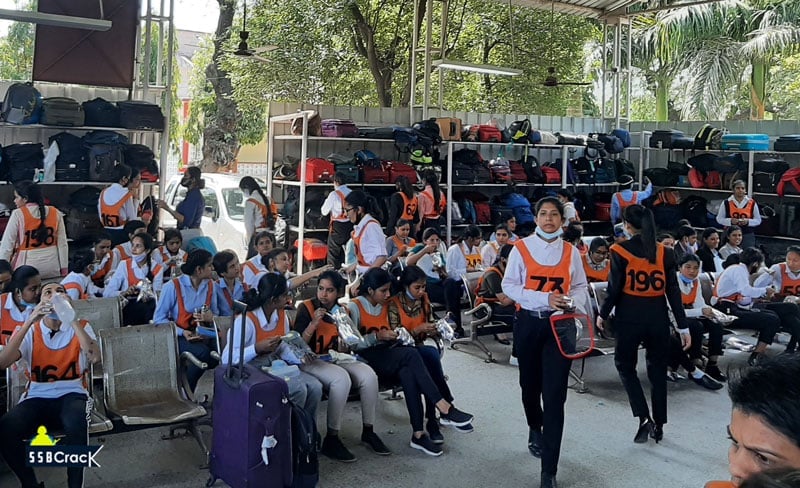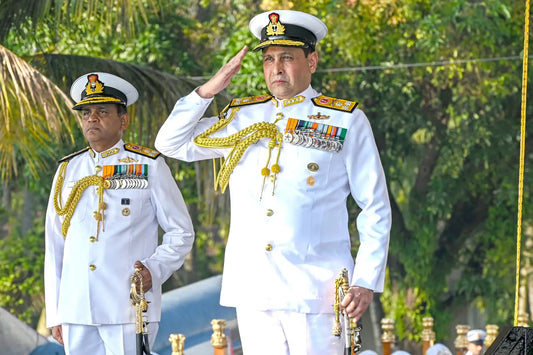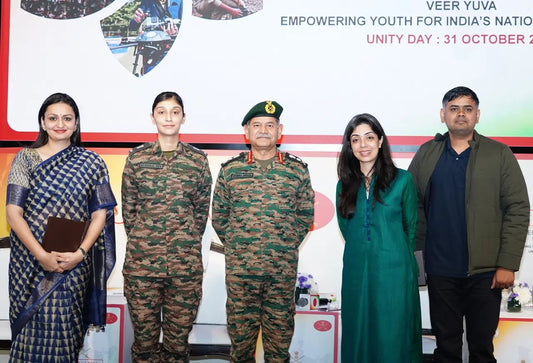Understanding the Role of the Thematic Apperception Test in SSB Interviews: Strategy and Examples

The Thematic Apperception Test (TAT) is a significant component of the Services Selection Board (SSB) interview process, which spans several days and aims to identify individuals with the potential for military leadership. Utilizing storytelling based on ambiguous images, the TAT helps uncover intricate aspects of a candidate's personality, aspirations, and emotional maturity, thus serving as a key tool in identifying Officer Like Qualities (OLQs). This article provides an in-depth examination of the TAT's role in the SSB interview, covering its purpose, procedures, importance, and evaluation techniques, while also addressing challenges and future implications.
Historical Context of the Thematic Apperception Test
Created in the 1930s by psychologist Henry A. Murray and Christiana D. Morgan at Harvard University, the TAT was initially intended as a projective tool to explore unconscious motives, fears, and drives through storytelling. By using ambiguous images, it prompts individuals to project their psychological state and aspirations into the stories they create. Over time, the TAT has become a sophisticated assessment tool utilized in clinical psychology, personality research, and military evaluations, including the SSB interview.
Purpose of the Thematic Apperception Test
In the SSB interview, the TAT aims to uncover the unconscious motives guiding a candidate's thoughts and actions. By asking candidates to create stories around ambiguous images, the TAT encourages spontaneous responses that offer deeper psychological insights. This projection method allows assessors to understand a candidate's motivations, fears, and social interactions.
Format and Procedure of the TAT in the SSB Interview
The TAT is a crucial part of the psychological assessments conducted during Stage 2 of the 5-day SSB interview. Candidates are presented with 12 slides, including 11 images depicting various ambiguous scenes and 1 blank slide to assess free thinking. Each image is shown for 30 seconds, after which candidates have about 3 to 4 minutes to write a story inspired by the image. The narratives focus on a main character facing a problem, emphasizing resolution through hope and problem-solving, key traits for military officers.
The blank slide holds a special role, as it assesses a candidate's imagination and subconscious responses without visual constraints, providing deeper insight into their psyche.
Significance of the Thematic Apperception Test in SSB
The TAT serves multiple critical purposes during the SSB interview, delving into a candidate's psyche to assess competencies vital for future military officers: creativity, decision-making, emotional stability, and interpersonal skills.
Scoring and Evaluation of TAT Responses
Trained psychologists evaluate TAT responses based on several criteria, including clarity, coherence, realism, positivity, and leadership qualities. Candidates should present concise, realistic stories that also engage assessors and showcase their imagination. Negative or unrealistic elements can adversely affect evaluations.
Statistical Data and Research Insights
Research indicates a strong link between TAT performance and effective military leadership. Although specific statistics on TAT outcomes within the SSB vary, the predictive validity of projective assessments like the TAT in understanding personality traits is supported in psychological literature. Studies show that successful military officers often score higher on emotional intelligence and problem-solving capabilities, which the TAT storytelling process can reveal.
Comparative Analysis with Other Psychological Tests
The TAT is unique among psychological assessments in the SSB interview, especially when compared to structured tests like the Minnesota Multiphasic Personality Inventory (MMPI). Its projective nature allows candidates to express themselves in ways not possible through direct questioning, contrasting with behavioral assessments that focus on explicit responses.
Challenges of Implementing the TAT
The TAT faces several implementation challenges in the SSB framework, including subjective evaluation, cultural interpretation differences, and the performance pressure experienced by candidates. These factors can lead to inconsistencies and skewed results.
Proposed Solutions
Enhancing the TAT's reliability and validity in SSB interviews could involve standardized training for assessors, incorporating culturally diverse images, and providing stress management resources to candidates to alleviate performance anxiety.
Future Trends and Predictions
Looking forward, the TAT's role in the SSB interview may evolve with technological integration, greater emphasis on emotional intelligence, and cross-disciplinary insights from organizational psychology, aligning with modern military leadership paradigms.
Conclusion
The Thematic Apperception Test is a vital aspect of the SSB interview, offering critical insights into the psychological foundations of candidates aiming for military service. Through narratives based on ambiguous images, the TAT reveals essential personality traits, aspirations, and emotional competencies for leadership. As military assessments progress, the TAT will likely continue to be a cornerstone in identifying future leaders equipped for the complexities of modern military challenges.
For candidates preparing for the SSB interview, resources and materials from SSBCrack and SSBCrackExams can be invaluable in understanding the TAT and developing the skills needed to excel in this assessment. Engaging with appropriate study materials and practice methods can better equip candidates for this crucial selection process.



















